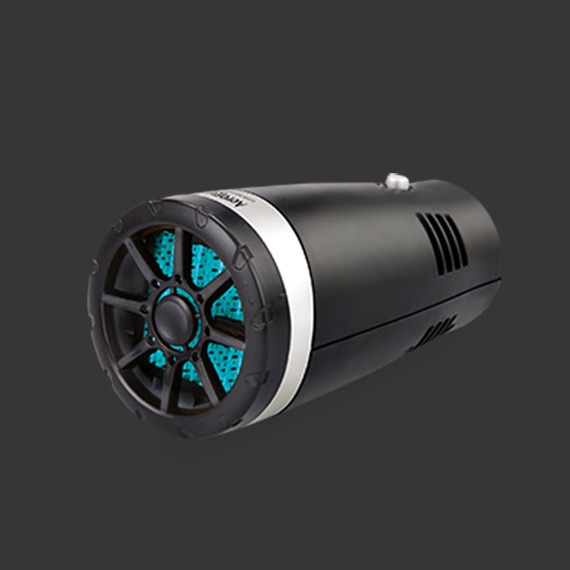gas pedal and throttle cable
Understanding the Gas Pedal and Throttle Cable Key Components of Automotive Functionality
The gas pedal, also known as the accelerator pedal, and the throttle cable are integral components of a vehicle's engine control system. Together, they play a crucial role in managing the vehicle's speed and performance. Understanding how these elements work can enhance one’s appreciation of vehicle operation and maintenance.
At its core, the gas pedal is a foot-operated lever that controls the engine's power output. When a driver presses down on the gas pedal, they are essentially signaling the engine to increase its power. This action regulates the amount of air and fuel that enters the engine, thereby allowing the vehicle to accelerate. The more the pedal is pressed, the more power is generated, resulting in increased speed.
Traditionally, the relationship between the gas pedal and the throttle was achieved through a mechanical system involving the throttle cable. The throttle cable is a flexible wire connecting the gas pedal to the throttle body of the engine. When the driver presses the gas pedal, this cable pulls the throttle plate open, allowing more air to enter the engine. This process directly influences the fuel mixture and combustion process within the engine, leading to acceleration.
gas pedal and throttle cable

In modern vehicles, there has been a significant shift towards electronic throttle control (ETC) systems, commonly referred to as drive-by-wire. Instead of a physical cable, these systems use sensors to detect the position of the gas pedal and send electrical signals to the engine control unit (ECU). The ECU then adjusts the throttle position accordingly. While this system offers numerous advantages, including enhanced fuel efficiency and improved performance, it also requires a solid understanding of electronic components for troubleshooting and maintenance.
Regardless of the system design, the interaction between the gas pedal and throttle remains fundamental to vehicle operation. Proper functioning of these components is critical for safe driving. A malfunctioning gas pedal or throttle can lead to sluggish acceleration or, conversely, unintended speed increase, both of which can pose serious safety risks.
For enthusiasts and everyday drivers alike, maintaining these components is essential. Regular inspections can help identify wear and tear in the throttle cable in traditional systems. In vehicles with electronic throttle control, monitoring sensors and the ECU functionality is crucial. Additionally, drivers should be aware of symptoms indicating issues, such as unresponsiveness or erratic acceleration behavior.
In conclusion, the gas pedal and throttle cable (or system) represent more than mere components of a vehicle; they epitomize the interactive relationship between driver intention and vehicle response. Understanding their functionality can empower drivers, enhance vehicle maintenance, and ultimately improve driving safety and enjoyment. Whether through mechanical cables or modern electronics, these systems ensure that a driver's command translates effectively into automotive performance.
-
Workings of Clutch Pipe and Hose SystemsNewsJun.04,2025
-
The Inner Workings of Hand Brake Cable SystemsNewsJun.04,2025
-
The Secrets of Throttle and Accelerator CablesNewsJun.04,2025
-
The Hidden Lifeline of Your Transmission Gear Shift CablesNewsJun.04,2025
-
Demystifying Gear Cables and Shift LinkagesNewsJun.04,2025
-
Decoding Clutch Line Systems A Comprehensive GuideNewsJun.04,2025
